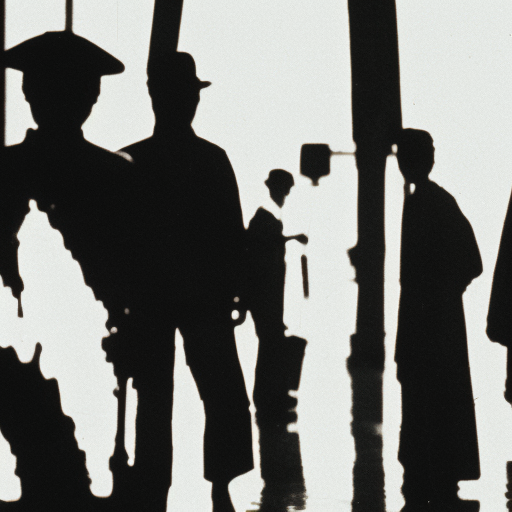Summary:
The transition from the Ming Dynasty to the Qing Dynasty in China was a significant turning point in the country’s history. It marked the end of the Ming Dynasty, which had ruled for nearly three centuries, and the beginning of the Qing Dynasty, which would go on to become one of the most powerful and prosperous dynasties in Chinese history. The transition was marked by a series of military conflicts, political maneuvering, and social changes that reshaped China’s political and cultural landscape.
The Ming Dynasty:
The Ming Dynasty was established in 1368 and lasted until 1644. It was a period of relative stability and prosperity for China. The Ming emperors centralized power, expanded China’s territory, and promoted cultural and artistic achievements. However, by the late 16th century, the dynasty faced internal corruption, economic problems, and external threats from nomadic tribes, such as the Manchus.
The Rise of the Manchus:
The Manchus were a semi-nomadic people from the northeast of China. They gradually gained power and influence, forming the Later Jin Dynasty in 1616. In 1644, the Manchu forces, led by their leader, Nurhaci, captured Beijing, marking the end of the Ming Dynasty. They established the Qing Dynasty and proclaimed the Shunzhi Emperor as the new ruler of China.
Consolidation of Qing Power:
After seizing control of Beijing, the Qing Dynasty faced resistance from Ming loyalists and other regional forces. The Qing rulers implemented a series of military campaigns to suppress these uprisings and consolidate their power. One of the most significant military campaigns was the Southern Ming resistance, which lasted for several decades and posed a significant challenge to Qing rule.
Political and Social Changes:
The Qing Dynasty implemented a series of political and social changes to solidify their control over China. They adopted a policy of “Manchu rule, Han administration,” which allowed the Manchus to maintain their distinct identity while incorporating Han Chinese officials into the government. The Qing rulers also implemented a strict social hierarchy, with the Manchus at the top, followed by the Han Chinese, and other ethnic groups.
Qing Expansion and Prosperity:
Under the Qing Dynasty, China experienced a period of expansion and prosperity. The Qing rulers expanded China’s territory, particularly in the northwest and southwest regions. They also implemented economic reforms, such as promoting agriculture, trade, and manufacturing, which led to increased prosperity and population growth. The Qing Dynasty reached its peak during the reign of the Kangxi Emperor, who ruled from 1661 to 1722 and is considered one of China’s greatest emperors.
Legacy:
The transition from the Ming to the Qing Dynasty had a lasting impact on China’s history and culture. The Qing Dynasty ruled China for nearly three centuries and left a significant legacy, including the consolidation of a multi-ethnic empire, economic prosperity, and cultural achievements. However, the Qing Dynasty also faced challenges, such as the Opium Wars and internal rebellions, which eventually led to its downfall in 1912 and the establishment of the Republic of China.
In conclusion, the transition from the Ming to the Qing Dynasty was a complex and transformative period in Chinese history. It marked the end of the Ming Dynasty and the rise of the Qing Dynasty, which would go on to shape China’s political, social, and cultural landscape for centuries to come. The Qing Dynasty’s consolidation of power, political and social changes, expansion, and economic prosperity left a lasting impact on China’s history and set the stage for future developments in the country.












